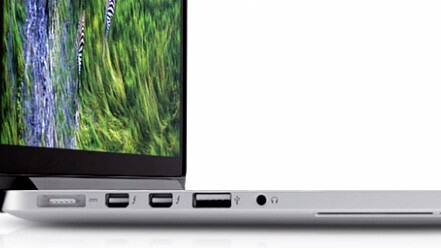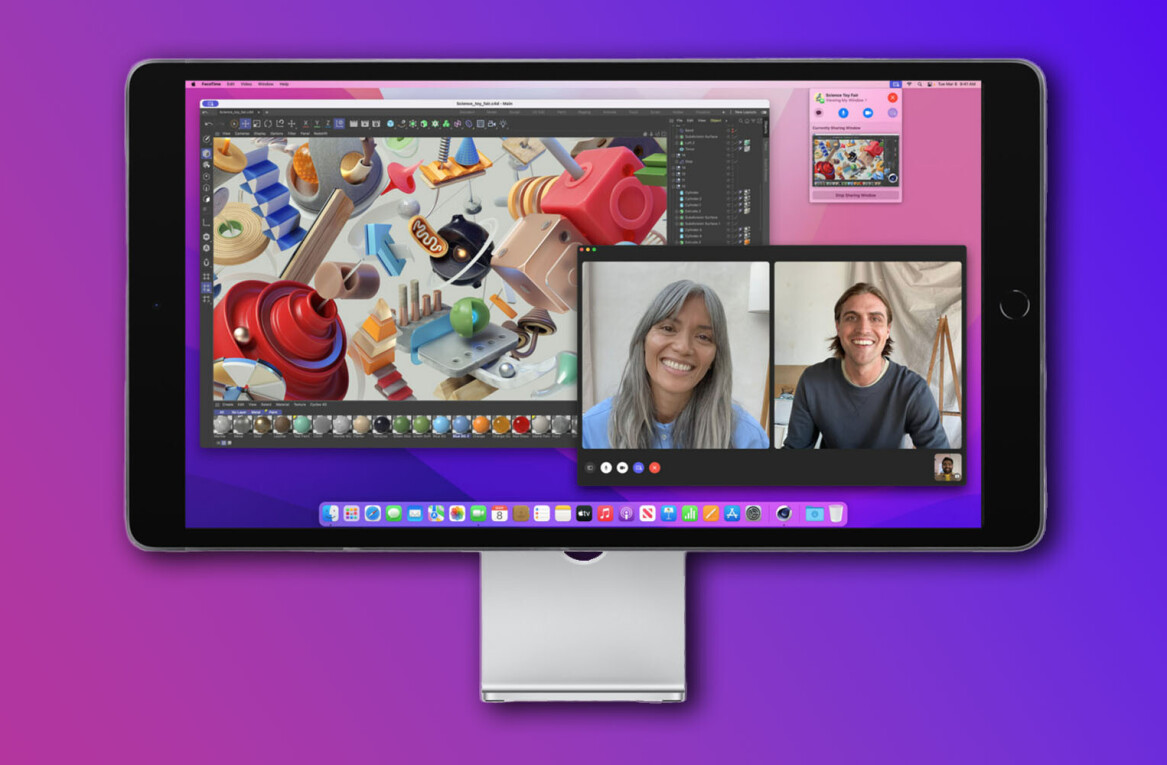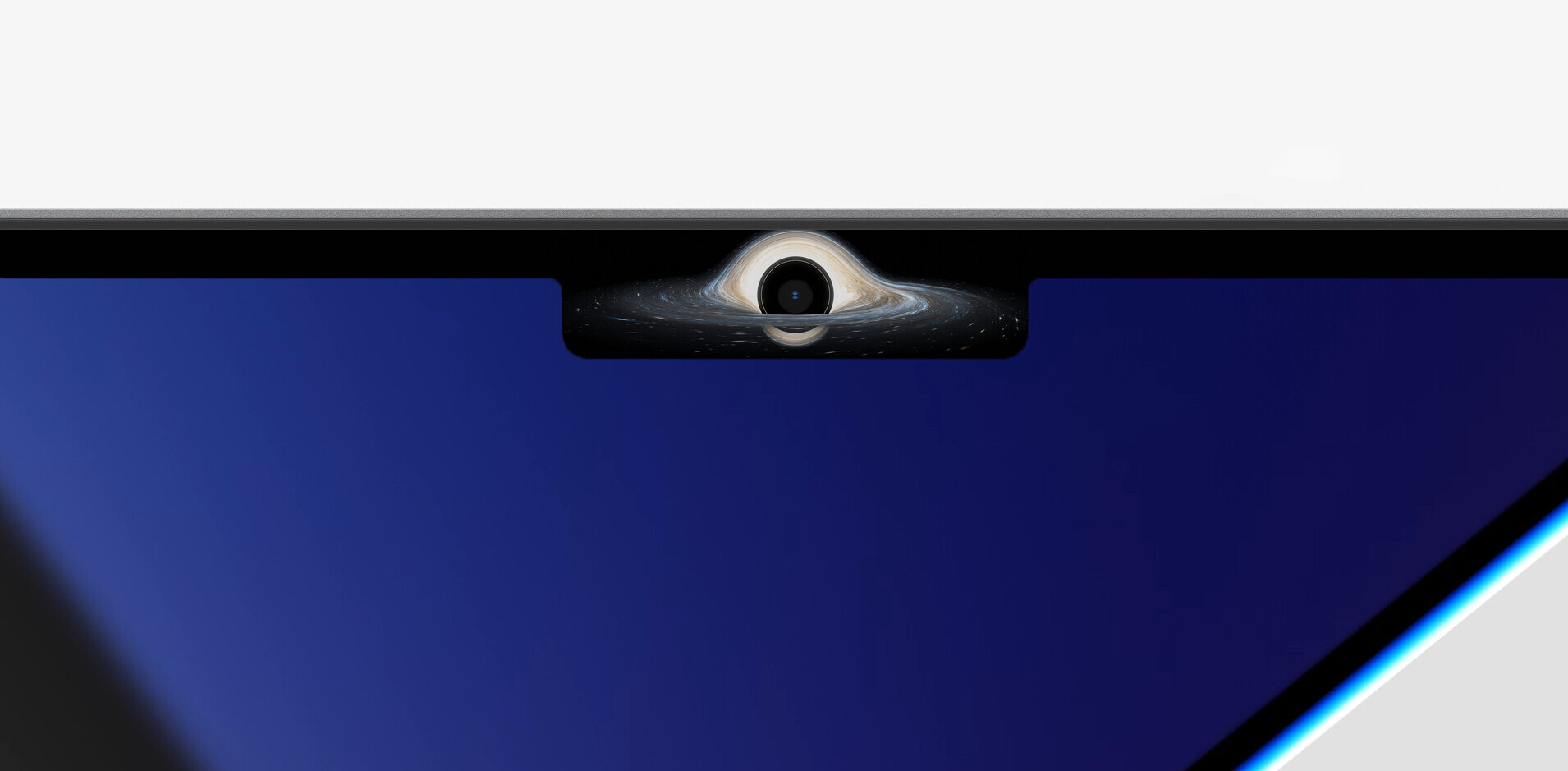
Apple introduced a new MacBook Pro model during the keynote last week. It’s an impressive beast, but its primary draw is the insanely high-resolution Retina display.
In a manner similar to the last few portable releases from Apple, including the MacBook Air and the iPad, it was almost immediately attacked for its lack of potential upgradeability and its difficulty of third-party repair. But, perhaps because the Retina display is such a high-profile advancement, it seems to have gotten more attention than usual.
While reading the back-and-forth, I was reminded of one of my favorite movie quotes:
“You hear that Mr. Anderson? That is the sound of inevitability. It is the sound of your death. Goodbye, Mr. Anderson…”
– Agent Smith, The Matrix
The ‘unrepairable’ MacBook Pro
While there has been a lot of chatter on it, one of the most concise and prominent has been this article by Kyle Wiens, of repair service iFixit. It was written by Wiens and later featured by Wired and subsequently picked up by other sites.
The article is mostly sound in its analysis of how repairable and upgradeable the new MacBook Pro is, which isn’t that surprising. I think that iFixit does great work, for the most part, and their product teardowns are second to none. The fact that Wiens is acting as a proponent for repairability in devices like MacBooks shouldn’t be all that surprising, as he does run a shop which flourishes due to those who wish to purchase parts and get instruction on how to do this themselves.
But I think it’s disingenuous to discount his advocacy of repair just because he runs a repair shop. There is absolutely nothing wrong with wanting every bit of computing hardware to be as repairable as possible, and in fact, it would be lovely if it all was.
Ideals
In the end, there is a simple ideal at the heart of Wiens’ argument, and the others that have been raised about how difficult, or impossible in some cases, it is to repair or upgrade the MacBook Pro. Simplifying a bit, we can state it like this:
Every piece of consumer electronics should be easily repairable or upgradeable by consumers or a variety of third-parties, so that costs can be kept down and the life of the devices can be increased.
Read that statement. There’s nothing wrong with that, and as a long-time hardware hacker who built my first computer before the age of 10, I would love for this to be the case.
But, unfortunately, you can’t make a statement like that in a vacuum, which is what much of the talk around this is doing. Just as these devices exist in the ‘real world’ and are used by ‘regular people’, so should the principles used to create them. You can’t slavishly follow the law of ‘repairability’ any more than you can blindly follow the rules of manufacturing costs.
It’s not like the MacBook Pro isn’t repairable, Apple can and will perform repairs on them. As great as it would be to have it be repairable by any third-party user, there is another important ideal that comes into play with any device like the MacBook Pro or the iPad, another target for those who think Apple’s mobile offerings should all be repairable.
Any design decision should positively affect the device’s user experience.
It’s a simple statement, but one that very few manufacturers appear to be taking to heart these days. Any decision Apple makes with regards to designing its machines takes into account how those decisions will affect the day-in-day-out experience of the user.
If adding an extra layer of tabs with screws means that the device will get thicker and slightly heavier, I think it’s an easy choice in the Apple design labs. Eliminate the screws, use whatever methods needed to improve the experience. This can be seen in the iPad, with its glued-together chassis, and in the lamination of the new Retina screen in the MacBook Pro.
I’m not convinced that there is any major reason to have it be upgradeable either. I don’t know this for sure, but I’d have a hard time thinking that Apple would solder in RAM and other components without first looking at the number of people upgrading parts at a later date. I’d wager that it’s a heck of a lot lower than it used to be, especially due to how powerful these machines have gotten for most users.
Designing for the 80%
There was a statement made during a session on the last day of Apple’s WWDC conference that I thought was especially apt for this discussion. It was also tweeted out by one of Apple’s developer evangelists so I thought it was safe to include it here. Roughly speaking it was:
“What are the functions needed for the 80% case? Let’s solve for that.”
Although this was being applied to software, you can be sure that Apple applies this to other design arenas as well. If 80% or more of the people purchasing your computers will never get them repaired by anyone other than Apple, or even upgrade them beyond their initial specs, why detrimentally affect usability to cater to those people? There’s no solid evidence that this group is at that threshold, but if I had to guess, I’d say its actually larger, especially when it comes to laptops.
That being said, I think that there will indeed be cases where a lack of upgradeability and repairability may have a negative impact. Especially when it comes to enterprise and high-end professional use, where the needs of the user may mean that an upgrade would stave off the additional cost of a new machine.
In the end it’s not a black and white issue. Wiens, and others who argue that all devices should be easy to disassemble and swap out components are not extremists. They have a valid point, but its a point that isn’t forward-looking.
The Mutable Line in the Sand
Ironically, Wiens says that we must ‘draw the line in the sand’, choosing more repairable products and voting with our wallet. Sand, by its nature, is constantly changing with wind and water, and any line we might draw is erased quickly enough. It’s just a turn of phrase, but if you examine the metaphor, it’s apt enough when it comes to how quickly the world of computing is changing.
Apple, as a company, has shown time and again over the last decade that it has no problem resigning even successful products to death if they stood in the way of its progress. The iPhone 3G, for instance, was eliminated with the release of iOS 4.3. This was because that version of the software featured more powerful image filtering that was a boon to developers, but was unsupported by the hardware of the 3G.
There’s nothing inherently bad about a wonderfully repairable, upgradeable computer. But, like an oncoming train, the inevitable future of these computers is more powerful, thinner, lighter and less pricey. In order to make that happen, there will be sacrifices made and Apple has no problem making them, even if they are at the expense of the vocal minority.
In the end, a less upgradeable and ‘less repairable’ MacBook Pro isn’t anything to jump for joy about. But, if we have to make the choice between that and a thinner, lighter and more accessible future, I know what I would choose. And it’s obvious that Apple does as well.
Get the TNW newsletter
Get the most important tech news in your inbox each week.




